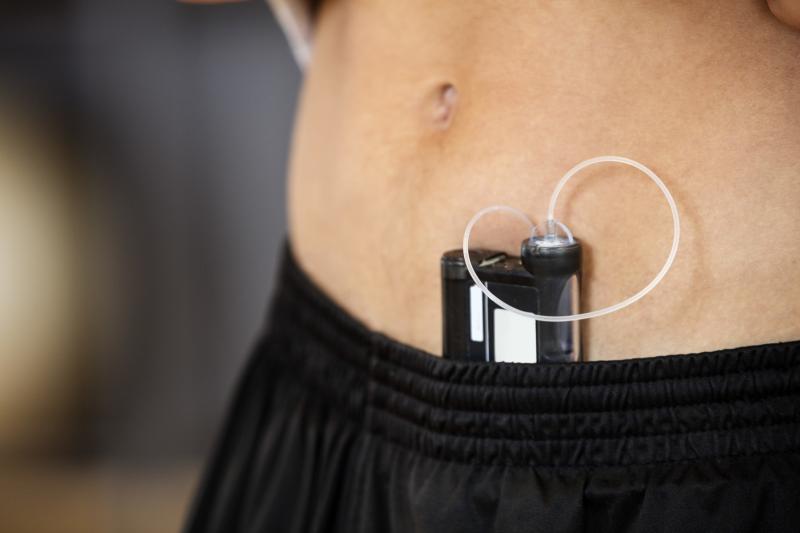
Regardless of how insulin is delivered, real-time continuous glucose monitoring (rtCGM) outperforms self-monitoring of blood glucose (SMBG) in improving glycaemic control in type 1 diabetes (T1D), according to a recent study.
“To our knowledge, this is the first prospective, real-world, 3-year study to simultaneously compare four different treatment strategies based on different combinations of glucose monitoring systems and insulin delivery methods,” said researchers. “Our findings may provide guidance to clinicians when discussing treatment/monitoring options with their participants.”
After 3 years of observation, rtCGM resulted in better glycaemic control than SMBG in the 94 enrolled participants.
A1c levels, for example, were significantly lower in rtCGM patients who were being managed with either multiple daily insulin injections (MDI; 7.0 percent) or continuous subcutaneous insulin infusions (CSII; 6.9 percent) than their corresponding SMBG counterparts (MDI: 8.0 percent; p=0.0002; CSII: 7.7 percent; p<0.0001). Both MDI and CSII subgroups of the rtCGM patients achieved comparable levels of A1c (p=0.61). [Diabetes Care 2020;43:37-43]
Time spent in the optimal glucose range was also significantly better with continuous monitoring. The rtCGM+MDI arm, for instance, saw a significant 14.21-percent (p=0.0007) improvement relative to the SMBG+MDI group, and an 11.3-percent difference (p=0.0016) relative to the SMBG+CSII group.
Time in range in the rtCGM+CSII group was likewise 17.58-percent (p<00001) longer than in SMBG+MDI and 14.5-percent (p<0.0001) than in SMBG+CSII. The difference between the rtCGM subgroups was null.
In terms of safety, the researchers documented seven severe hypoglycaemia episodes, five of which occurred in the SMBG subgroups. One participant from each of the rtCGM+CSII and rtCGM+MDI arms reported a severe adverse event. There were four allergic reactions to the device, though none necessitated discontinuation. No infections requiring intervention were reported.
“As reported here, use of rtCGM among adults with T1D treated with MDI or CSII therapy was associated with 3 years of sustained improvements from baseline in A1C, glycemic variability and time in range,” the researchers said.
“[O]ur findings demonstrate the long-term sustainability of rtCGM use, its clinical benefits and its implications regarding medication adherence within the context of real-world diabetes self-management,” they noted. “The consistently high percentage of time that participants wore their sensors during the 3-year study period suggests that rtCGM was perceived to be a valuable tool in their self-management regimens.”
The present study included four groups of participants: rtCGM+MDI, rtCGM+CSII, SMBG+MDI and SMBG+CSII. CGM was carried out with the appropriate sensing devices, while CSII made use of insulin pumps. Participants who were in these groups also received training for proper device use.
“Importantly, our findings demonstrate that the use of rtCGM with MDI can be considered an equivalent but more cost-effective treatment alternative to sensor-augmented insulin pumps for many individuals with T1D,” said the researchers.
“The increasing focus on reducing costs while improving outcomes may impact reimbursement decisions regarding current and future sensor-augmented insulin pump systems,” they added.